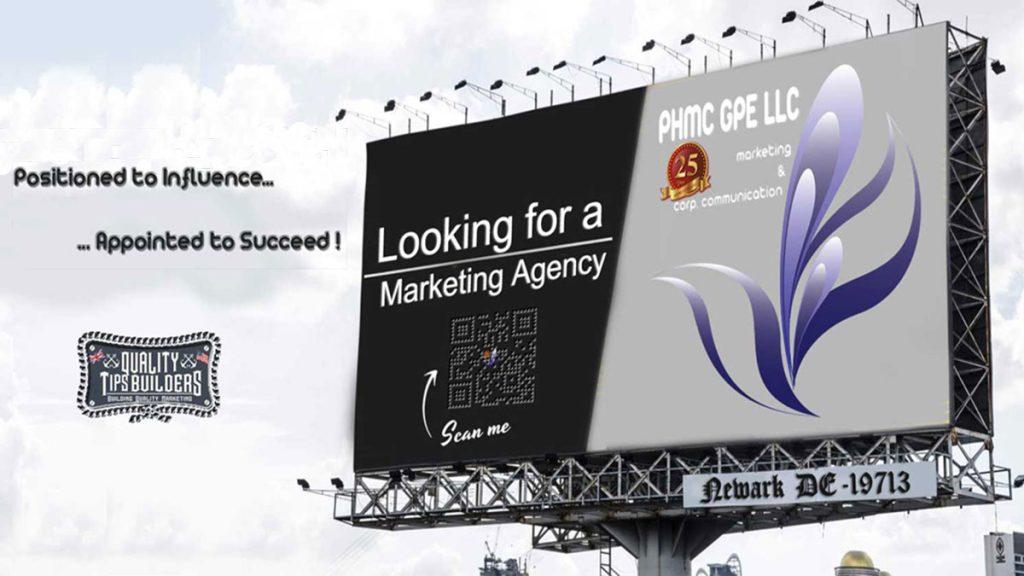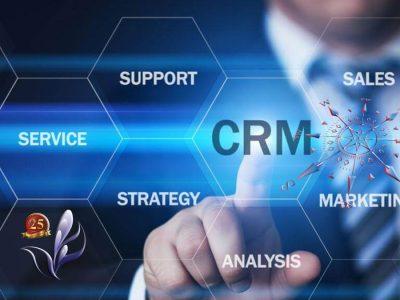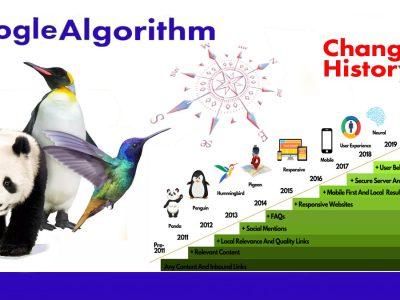Published on 04/08/2024 – Last Updated on 04/09/2024 by OTC
In a market saturated with options, outstanding customer experiences can set you apart.
Today’s well-informed consumers expect nothing less than fast, personalized and convenient service every time they interact with your brand. To meet these elevated expectations, businesses must go beyond conventional approaches and integrate empathy in advertising.
Understanding and anticipating your audience’s needs, goals and pain points is crucial in building customer relationships that stand the test of time.
What Is Customer-Centric Marketing?
This strategic approach puts customers’ experiences front and center. It employs their insights, goals and opinions as pivotal drivers for organizational success.
For 80% of customers, their experience with a company is just as important as the products it sells (Salesforce). Customer-centric marketing shifts your focus from merely promoting products or services to creating smooth experiences that meet your audience’s unique needs and expectations.
Companies that prioritize customers and their needs are 60% more profitable than those that don’t (HubSpot). By prioritizing customer satisfaction in marketing, you set the stage for repeat sales and steady business growth.
Why Customer Journey Mapping Matters
Enhancing customer satisfaction is a continuous process that extends beyond the point of purchase. It requires delivering positive experiences throughout the entire customer lifecycle.
Today’s consumers interact with brands through a range of channels, from websites and emails to phone calls, messaging apps and social media. All these touchpoints create increasingly complex customer journeys, making it harder to consistently deliver exceptional experiences.
Customer journey mapping involves identifying touchpoints a customer has with a brand, from the first interaction to post-purchase support. It reveals gaps in your sales process as well as opportunities to create favorable interactions.
These are moments in the buyer’s journey where customers may face challenges, confusion or dissatisfaction. Through the mapping process, businesses can address potential pain points at various stages and create smoother, more enjoyable experiences.
Customer journey mapping also lets brands tailor their approach to different stages in the customer lifecycle. This personalization aids in customer loyalty building. Ensuring that every interaction is relevant and meaningful increases the likelihood of conversion.
***
How To Create a Customer Journey Map
To develop your customer journey map, keep these steps in mind.
1. Set Clear Objectives
What specific aspects of the customer experience do you want to explore or improve? Having a clear goal lets you decide which touchpoints you need to map. If your objective is too broad, such as, “boosting positive user reviews through enhanced customer service,” you may have to create multiple journey maps, which can take up a lot of time.
On the other hand, a specific goal, such as “to reduce churn rates by promptly addressing and resolving customer queries within 24 hours” can narrow your focus to specific areas and save more time. This might include giving extra training for support staff to handle queries efficiently and investing in tools that enable faster response times.
2. Conduct Persona Research
Enhancing customer satisfaction requires the ability to empathize and understand your audience on a deeper level. One way to do that is through buyer persona creation.
Buyer personas are detailed representations of your ideal customers. They go beyond basic demographics and explore psychographic and behavioral elements, including their online behaviors, lifestyle choices and why and how they engage with your brand. Purchasing patterns and preferred communication channels are also usually highlighted in a buyer persona. Over 65% of consumers expect companies to understand what they need. Empathy in advertising begins with the creation of buyer personas, which aid in understanding customer needs and finding effective ways to meet them.
Create detailed personas that represent diverse audience segments by collecting information on their behaviors through surveys, reviews, focus groups and analytics.
3. Define Customer Touchpoints
Building customer relationships effectively means outlining every possible interaction a customer may have with your brand. Include both digital and physical touchpoints, such as:
- Landing pages, product pages and checkout processes
- Online or print ads
- Social media platforms like Facebook, X (previously known as Twitter) and Instagram
- Interactions with customer support through phone, email or live chat
- Newsletters, promotional emails and transactional emails
- For brick-and-mortar businesses, the physical store, staff interactions and product displays
The number and types on your customer journey map depend on the nature of your business. For example, a client’s journey with a digital marketing agency will be different from that of an online clothing store. You can’t oversee every touchpoint, like the comments on your social media pages. However, you can create a positive and consistent customer experience at controlled touchpoints like your website, customer service interactions and product delivery processes.
Once you’ve identified your touchpoints, the next step is to organize them on your customer journey map.
4. Connect Customer Actions
Once all customer touchpoints are identified, delve into the common actions and decisions customers consistently take at each stage. Understand how each interaction shapes the next, providing a holistic view of the entire customer experience.
When you break the customer journey into smaller steps, it’s easier to improve each micro-engagement and guide customers further down the sales process. Think about how many steps it takes for a customer to finish their journey. Look for ways to reduce or simplify these steps so customers can reach their goals faster.
This is a great time to use the personas you created. Understanding your customer’s motivations and predicting their actions helps you offer better experiences, leading to more conversions.
5 Steps to Customer Experience Optimization
Here’s a quick breakdown of what you need to do in order to optimize your customers’ experience:
Step 1: Capture Customer Feedback: Reviews and testimonials uncover pain points and opportunities for improvement, whether it’s refining products, making your website easier to use or enhancing customer service. In addition, actively seeking and responding to feedback demonstrates a commitment to transparency and accountability. When customers see that their opinions are valued and that businesses are taking action based on their feedback, it fosters trust and strengthens the customer-business relationship.
Step 2: Personalize the Experience: About 89% of marketers who integrate personalization in their campaigns report witnessing a positive return on investment (ROI) (Exploding Topics). The first step to personalization is to segment your audiences based on demographics and buying patterns. Employ buyer personas to deliver targeted messaging and tailored offers. To enhance conversions, provide personalized product or content recommendations based on past purchases or browsing history. Always conduct A/B testing on different campaign elements, such as ad copy and landing page design, to help you save resources and identify what resonates most effectively with your audience.
Step 3: Implement Multi-Channel Support: Multichannel support ensures that users can reach out through their preferred communication method. Whether it’s a quick live chat, an email inquiry or a phone call, providing various options reduces friction in customer interactions. A seamless experience across all communication channels builds trust and leads to happy customers.
Step 4: Encourage User-Generated Content: User-generated content (UGC) is authentic, brand-specific material crafted by unpaid customers and shared publicly on platforms like social media. It encompasses diverse formats such as images, videos and testimonials.
UGC stands out because it’s authentic and relatable. In fact, 35% of shoppers say that UGC is more memorable than content created by professional marketers (Search Logistics). By featuring content from actual users, brands can humanize their image, making them more genuine and approachable.
Moreover, 79% of shoppers say UGC highly impacts their purchasing decisions (HubSpot). Customer reviews enhance your brand’s credibility and serve as valuable resources for consumers during the research stage. When potential buyers see that others have had positive experiences, they are more likely to trust your brand and complete purchases. This feedback can also be used by brands to refine their products, services or the overall sales process.
Run contests or challenges that inspire customers to share photos, videos or testimonials. Make sure to feature UGC on your website or social media pages to encourage more people to participate. Branded hashtags are a great way to categorize submissions, making it easier for others to discover and engage with the shared content.
Step 5: Employ Post-Purchase Client Engagement Strategies: Stay connected with customers after purchase through follow-ups, additional resources and exclusive offers. These incentives are helpful in customer loyalty building. They encourage repeat business and turn satisfied clients into brand advocates. Implementing post-purchase client engagement strategies is crucial in improving your sales performance. Research indicates that a mere 5% increase in customer retention rates can lead to a profit boost ranging from 25% to 95% (Smart Insights).
***
Maximize Customer Satisfaction in Marketing
We help startups, franchises and enterprises inject empathy in advertising and elevate their customer loyalty building efforts. By emphasizing customer satisfaction in marketing, we help you attract high-intent prospects, grow your bottom line and create a positive online reputation.
Discover More:















Comments